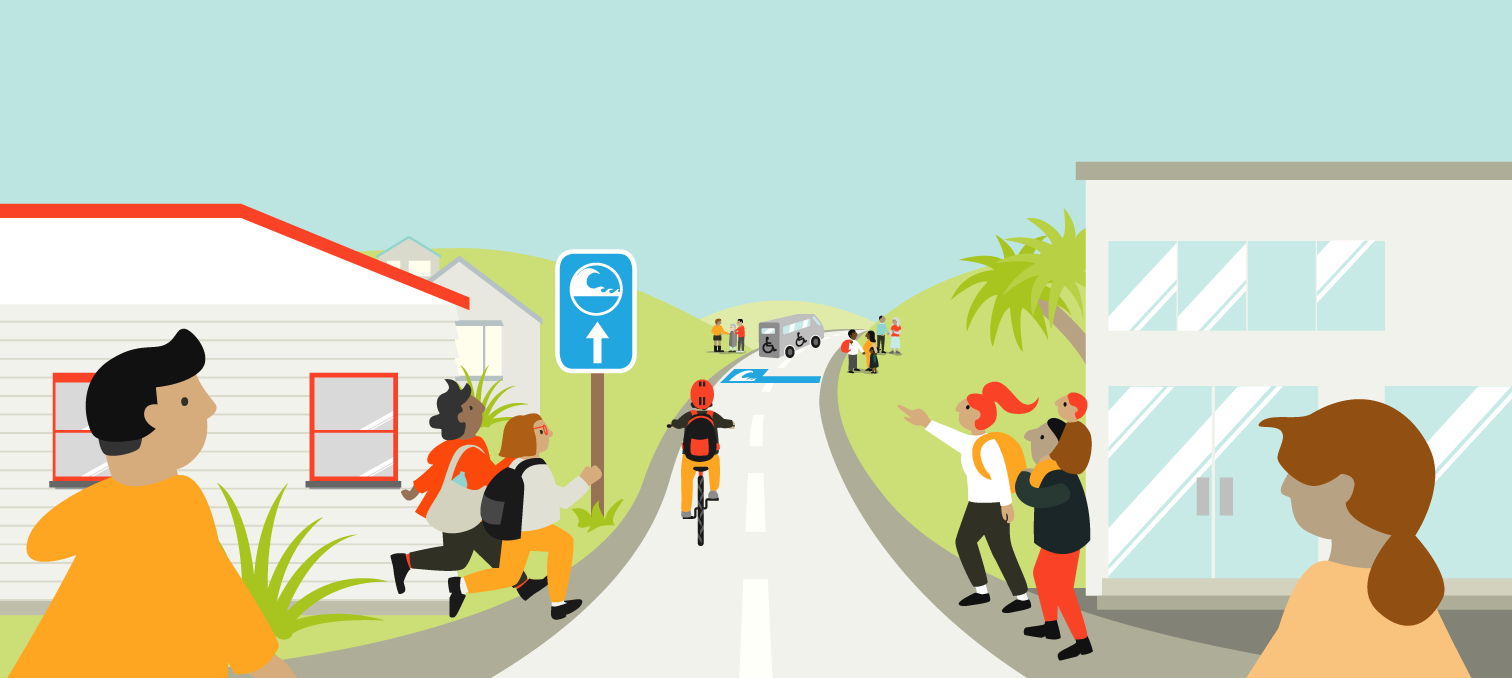
WREMO's position on tsunami sirens
WREMO, the National Emergency Management Agency (NEMA), GNS Science and New Zealand’s Tsunami Working Group, all agree with international best practice that tsunami sirens are inappropriate as a warning system in regions subject to local sourced tsunami.
Why we don't have tsunami sirens
- The time it takes for scientists to determine whether an earthquake has created a tsunami threat, then send out official warnings can be longer than the time it takes for a local source tsunami to reach the coast. A tsunami could arrive in as little as 10 minutes.
- International research (especially from Japan) shows the existence of sirens creates a false sense of comfort with the public in that they expect to be warned by the siren, rather than making a decision to respond to the earthquake itself. If you felt a big earthquake and the siren didn’t sound, what would happen to you?
- The earthquake damage itself can make the sirens fail. In a survey after the 2011 earthquake and tsunami in Japan, 17 out of 27 affected municipalities responded that their tsunami alert transmission system failed from power cuts or earthquake damage and did not function properly at the time of the disaster.
- In some cases, people have either ignored sirens or delayed evacuation due to former false alarms. This is especially true in places where the sirens are triggered automatically without a human decision.
- There are problems with the effectiveness of the sirens through audibility (especially with Wellington’s wind, whether you are indoors or outside), which we hear about every time the sirens are tested around the country. If you were expecting to hear a siren and didn't, you may not evacuate.
- In areas where the biggest tsunami threat is one caused by a large local earthquake, the use of fixed coastal sirens for tsunami warning is not advised, as it can be more dangerous to have them.
Other sirens in the Wellington region:
Lower Hutt has sirens which were installed in the 1970’s for flood warnings, not tsunami. There are sirens in Manor Park and Wainuiomata, which are not in any tsunami evacuation zone. If these sirens are activated you should listen to the radio and seek further information on your local council websites, wremo.nz, or on social media. They won't be used for tsunami in the future.
References:
- Technical Standard [TS03/14] Tsunami Warning Sirens. Published by the National Emergency Management Agency, July 2014 ISBN 978-0-478-43502-3.
- Disaster Evacuation from Japan’s 2011 Tsunami Disaster and the Fukushima Nuclear Accident - The Institute for Sustainable Development and International Relations (IDDRI)

Long OR Strong, Get Gone!
Don’t rely on others to tell you what to do.
If you are in a tsunami zone and you feel an earthquake that is longer than a minute, or strong enough to knock you off your feet, evacuate immediately to high ground or as far inland as possible.
A large earthquake is the only warning you will receive in the Wellington region that a local source tsunami is on the way.
If an earthquake is long OR strong, GET GONE!